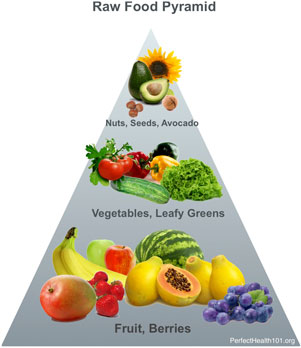11/05/2014 BELLS and POMEGRANATES
Exodus 28:31 Make the robe of the ephod entirely of blue cloth, with an opening for the head in its center. There shall be a woven edge like a collar around this opening, so that it will not tear. Make pomegranates of blue, purple and scarlet yarn around the hem of the robe, with gold bells between them. The gold bells and the pomegranates are to alternate around the hem of the robe. Aaron must wear it when he ministers. The sound of the bells will be heard when he enters the Holy Place before the LORD and when he comes out, so that he will not die. [New International translation]
Summary:
When Moses dispatched the twelve spies to explore the Promised Land, in addition to a single cluster of grapes, which two of the spies had to carry between two poles, the spies also brought back some figs and some pomegranates. See Numbers 13:23.
Pomegranates were a fruit that was prized by the Egyptians, who considered it fruit symbolizing prosperity. When, Aaron, Moses' brother became the first high priest of Israel, GOD tells Moses to stitch a pattern of bells and pomegranates onto Aaron's ephod. Martyn Barrows in "The High Priest and His Garments," describes the ephod:
The Ephod is the apron-like garment worn by the high priest. It was made in four colours: blue, purple, scarlet and the white of the fine linen. These are the same colours that can be seen at the Door to the Outer Court, the Door to the Sanctuary and in the Veil; they refer to Christ as He is revealed in the four gospels. There is an important additional feature of the Ephod, though: gold thread (cut from gold plate) was interwoven with the other colours (Exodus 39:3). Gold is not only precious, it implies 'of God, divine and heavenly'.


